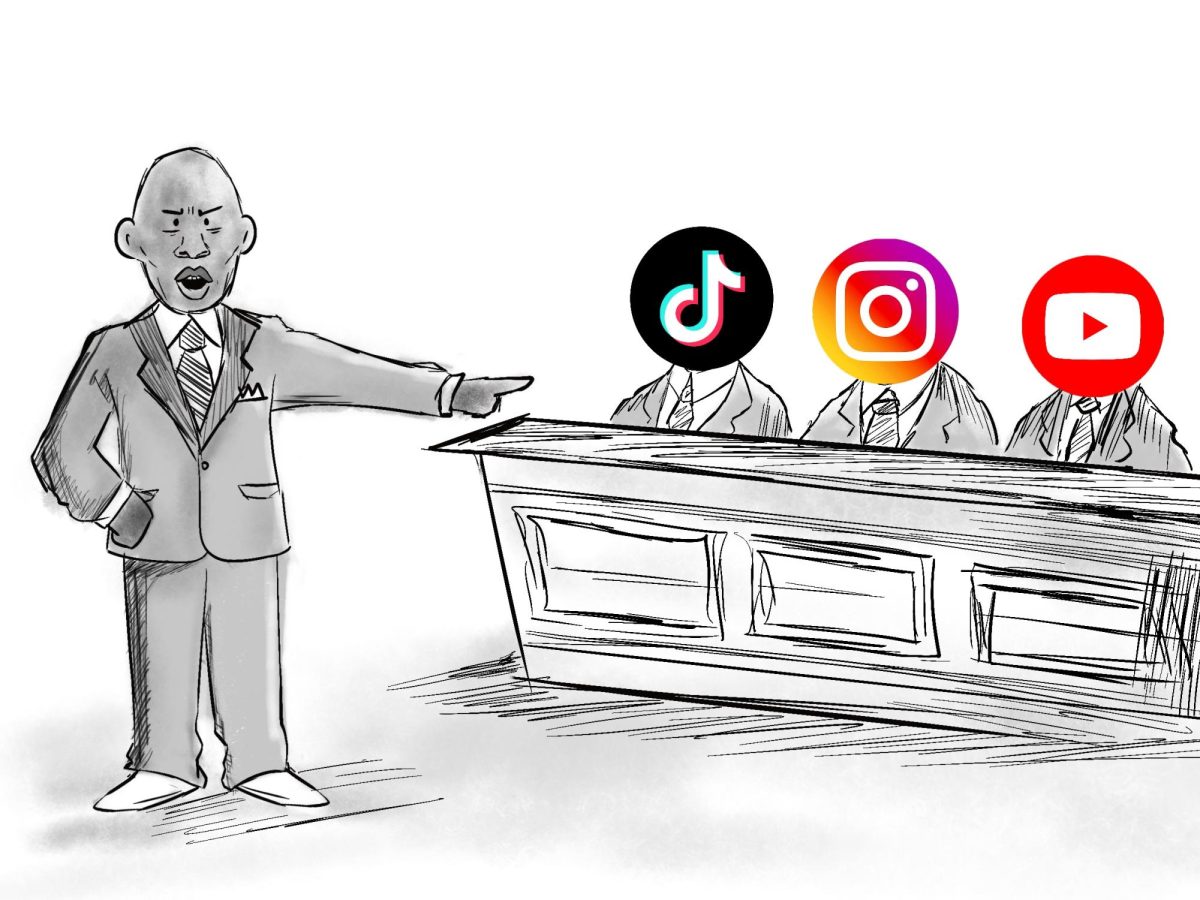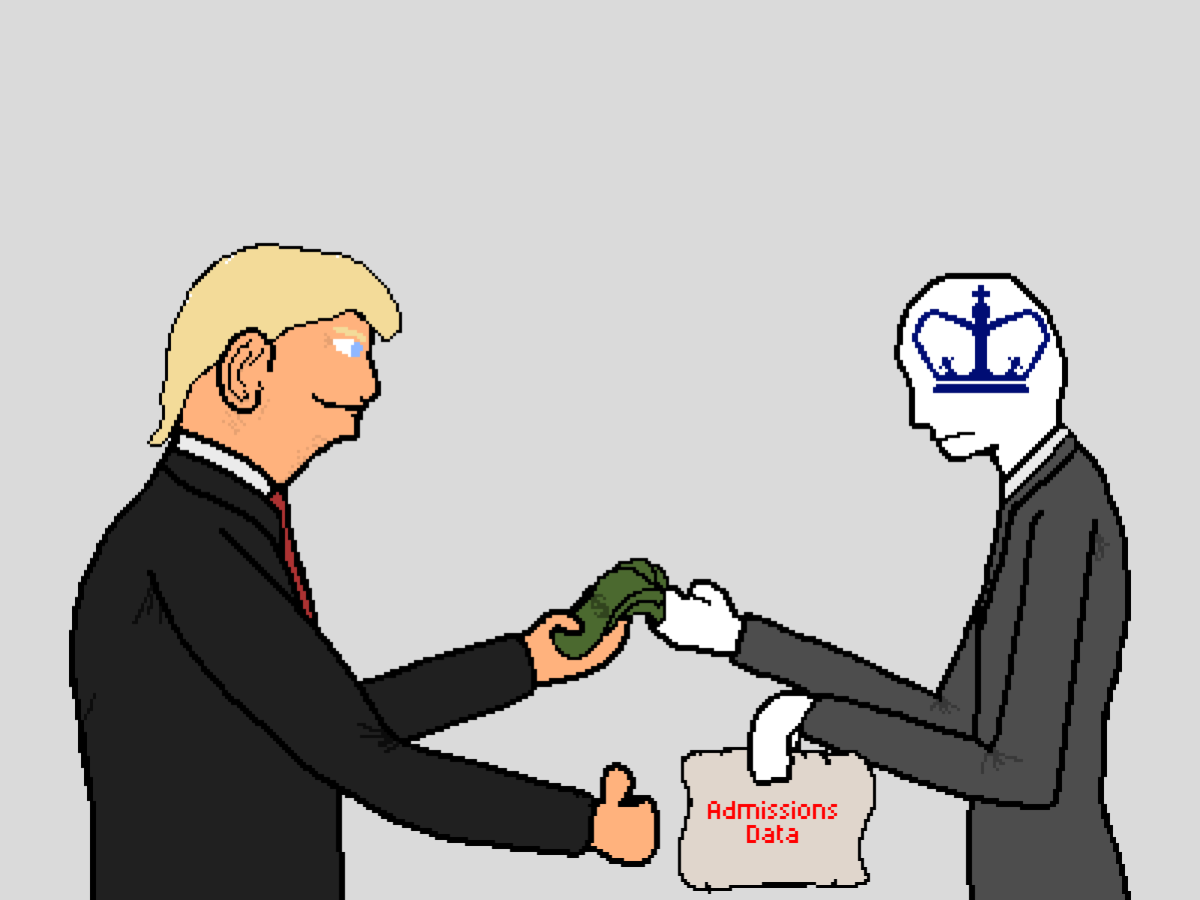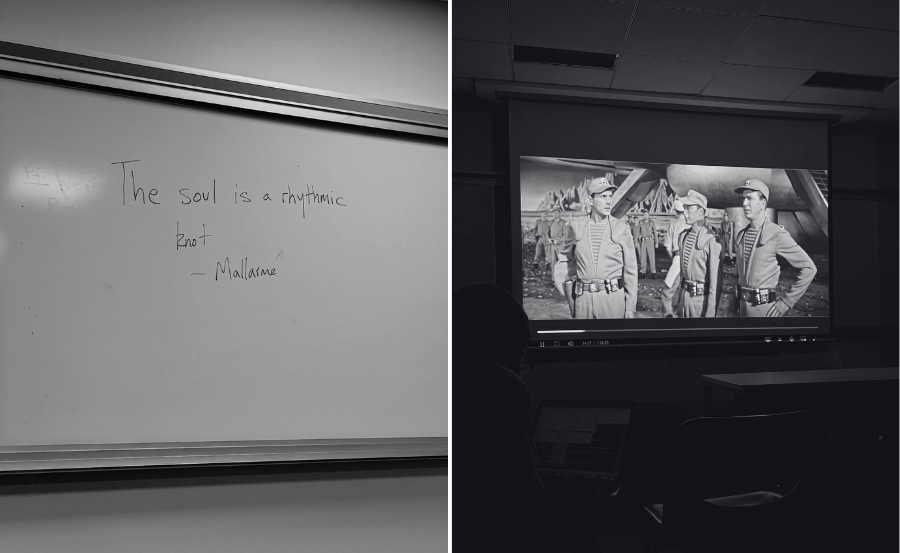While it is true that social media and specifically the content that circulates on it, can be addicting and toxic to the development of adolescents, it is not the responsibility of large corporations to raise and emotionally support children, nor is it logistically possible to shield children from all this content. Therefore, this lawsuit will ultimately fail.
On Feb. 14, to de-escalate the youth mental health crisis in New York City, Mayor Eric Adams joined the California court to sue TikTok, Instagram, Snapchat, Facebook and YouTube for creating “addictive and dangerous” products.
According to the lawsuit, all five defendants are accused of targeting school-aged children as a core market, designing and distributing addictive platforms to children with minimal parental supervision and thereby creating a youth mental health crisis.
However, most social media platforms do not allow users to sign up if they’re under the age of 13. It is very easy for children to bypass this restriction by simply lying about their age, but it would be an even bigger privacy violation if a platform were to start asking for proof of a user’s age, such as by requesting official documents.
It is the parent’s job to be aware of what their child is doing on their device.
Moreover, many social media platforms already take great measures to restrict mature content for minors. For instance, YouTube does not allow users under the age of 18 to watch videos flagged as adult content. It is also possible to hide the ability to view and post comments on YouTube in the parental control settings.
In 2021, TikTok automatically made the accounts of all users between the ages of 13 and 15 private, with no options to make them public. According to AP News, a statement from TikTok claimed to have “industry-leading safeguards to support teens’ well-being, including age-restricted features, parental controls, an automatic 60-minute time limit for users under 18, and more.”
Unfortunately, social media has been a contributing factor in the declining mental health of youth and rising youth suicide rates by facilitating an environment for cyberbullying, which statistically is one of the most infamous causes of suicidal ideation.
“Between 10% and 40% of adolescents experience cyberbullying and studies suggest that a positive association exists between cyberbullying, deliberate self-harm, and suicidal behavior among victims of such bullying,” a study published in the National Library of Medicine claimed.
It seemed reasonable to blame social media platforms and demand stricter regulations for online content, as well as more resources to support adolescents online. However, no amount of intervention from corporations will replace the attention that parents and guardians must dedicate to supervising their children, especially those under the age of 13.
Were this lawsuit to win, it would set a dangerous precedent for brands. If the idea that social media companies should be held accountable for the mental health of their underage users in a court of law was taken to its logical conclusion, then any corporation’s marketing strategy can be interpreted as harmful.
Following the logic in the lawsuit, Sephora may as well be sued for marketing heavy chemicals to children by using bright colors in its packaging and Barnes&Noble should be sued for marketing books with adult content to children by having pretty covers.
With enough effort, any company can be accused of employing malicious marketing tactics, allowing parents to rid themselves of the responsibility of getting involved in their children’s lives and interests.








